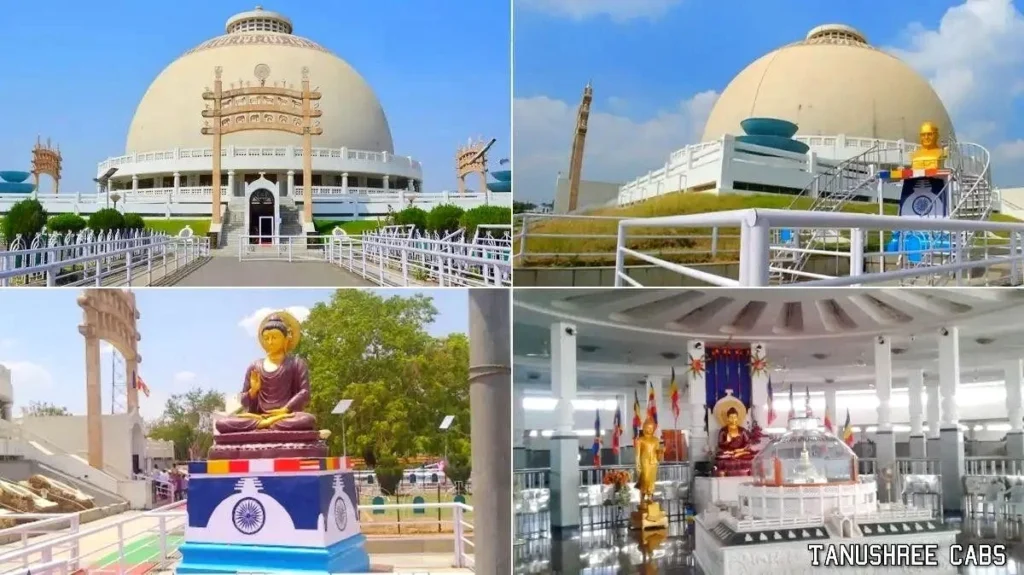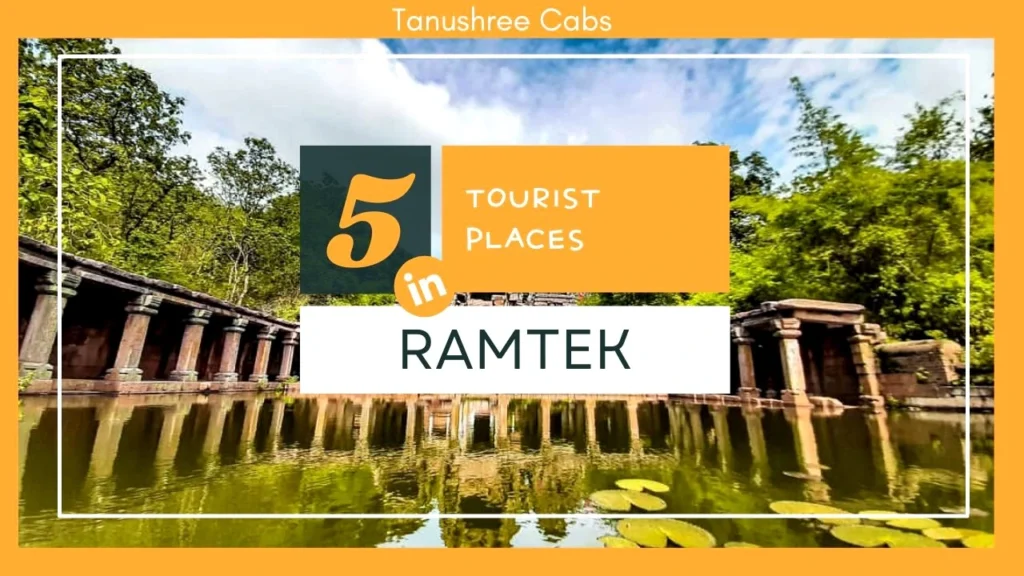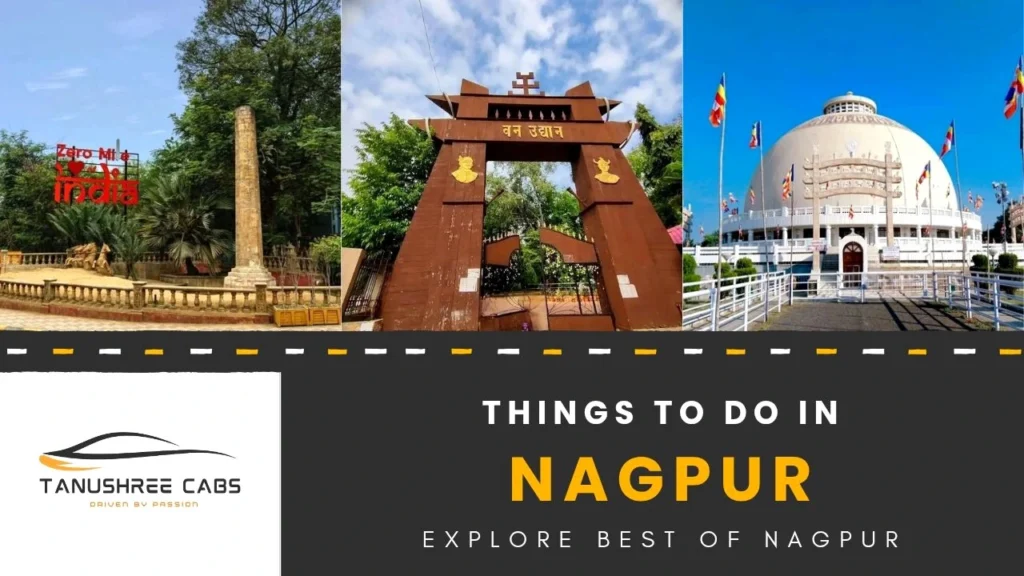Deekshabhoomi Nagpur – (Entry Fee, Timings, History, & Location)
Nestled in the heart of Nagpur, Maharashtra, Deekshabhoomi is a significant pilgrimage site for Buddhists around the world. This sacred destination holds immense historical and cultural importance, attracting thousands of devotees and tourists each year.
Deekshabhoomi is the place where Dr. B.R. Ambedkar, a prominent social reformer and the architect of the Indian Constitution, embraced Buddhism along with his followers on October 14, 1956. This momentous event marked a turning point in the history of Buddhism in India and is celebrated as a symbol of freedom, equality, and social justice.
The main attraction of Deekshabhoomi is the grand stupa, which stands tall as a tribute to Dr. Ambedkar’s conversion. The stupa is adorned with intricate carvings and beautiful sculptures, depicting various aspects of Buddhism. It serves as a focal point for meditation and reflection, offering a serene and peaceful ambiance to visitors.
Surrounding the stupa, you’ll find lush green gardens and well-maintained pathways, providing a tranquil environment for devotees to pay their respects and seek spiritual solace. The entire complex is meticulously maintained, creating a clean and inviting atmosphere for all who visit.
Deekshabhoomi is not only a place of worship but also a center for learning and enlightenment. The site houses various educational institutions and libraries that promote Buddhist teachings and literature. Visitors can explore these facilities to gain a deeper understanding of Buddhism and its principles.
Additionally, Deekshabhoomi hosts several events and festivals throughout the year, attracting Buddhists from different parts of the world. The most significant celebration is held on October 14th, commemorating Dr. Ambedkar’s conversion. During this time, the entire complex comes alive with vibrant colors, music, and cultural performances, creating a festive atmosphere.
Apart from its religious and cultural significance, Deekshabhoomi also serves as a symbol of social equality and inclusivity. Dr. Ambedkar’s conversion to Buddhism was a powerful statement against caste discrimination and oppression, advocating for a society based on equality and justice. The site continues to inspire and empower individuals to work towards a more harmonious and equitable world.
When visiting Deekshabhoomi, it is essential to dress modestly and show respect for the religious sentiments of the devotees. Photography is allowed, but it is advised to capture the beauty of the surroundings without disturbing the peaceful environment.
Nagpur, the city where Deekshabhoomi is located, is well-connected by road, rail, and air. It is easily accessible from major cities in India, making it convenient for devotees and tourists to visit. The best time to visit Deekshabhoomi is during the winter months, from November to February, when the weather is pleasant and conducive for exploration.
In conclusion, Deekshabhoomi in Nagpur is a sacred destination that holds great historical, cultural, and spiritual significance. It is a place where people can connect with Buddhism, learn about its teachings, and experience a sense of peace and harmony. Whether you are a devotee or a curious traveler, a visit to Deekshabhoomi is sure to leave a lasting impression on your mind and soul.
DeekshaBhoomi Nagpur Timings
The timings of Deeksha Bhoomi in Nagpur, extending from 7 AM to 8 PM, provide a serene window for visitors to immerse themselves in its spiritual and cultural richness. Importantly, there is no entry fee, ensuring accessibility to all who wish to experience its tranquility and heritage.





